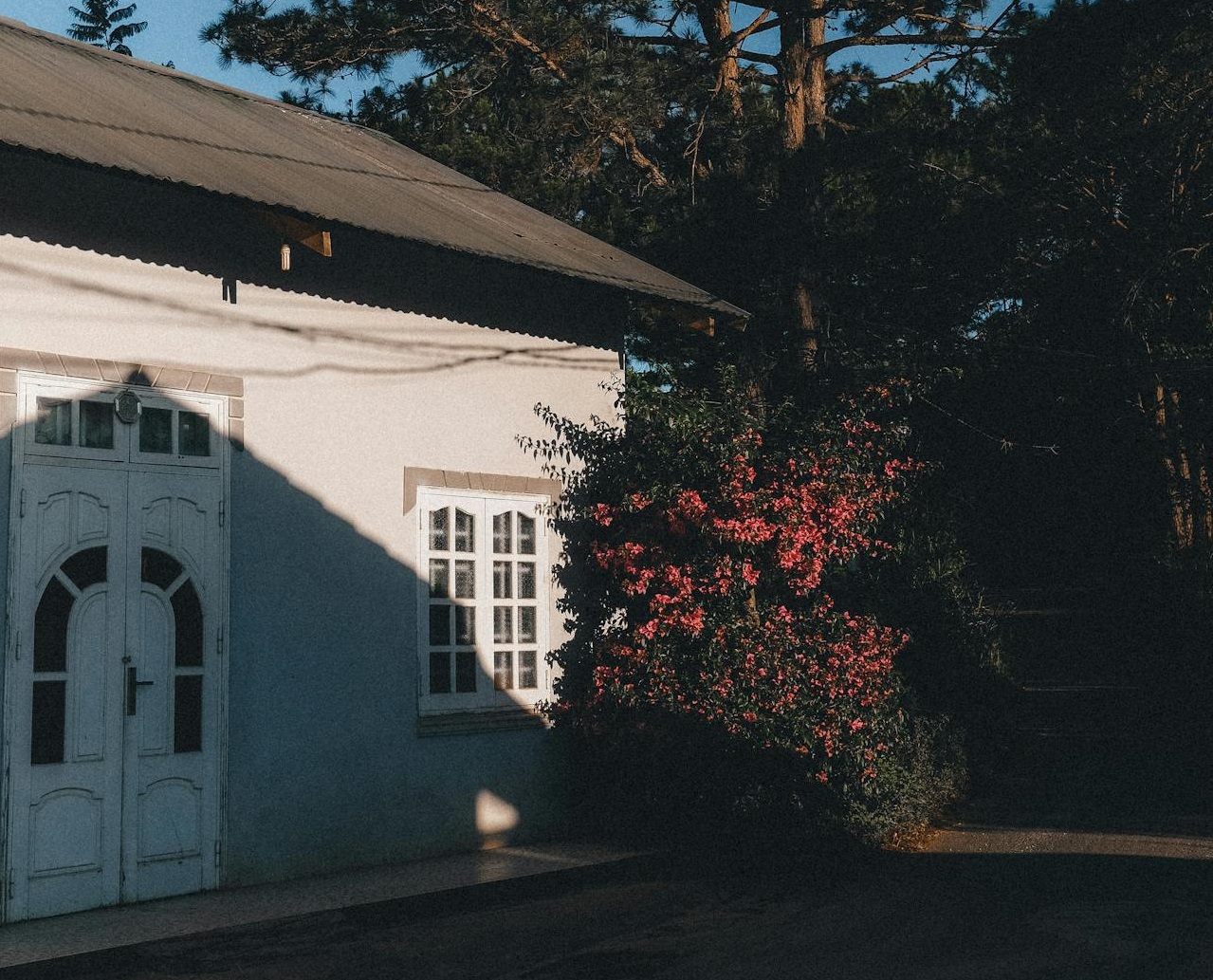Right to light UK: can you stop your neighbour’s extension?

Your neighbour just submitted planning permission for a two-storey extension. Your kitchen will lose sunlight. Your living room will sit in shadow. Can you stop this? The short answer: possibly, but it’s complicated. The right to light isn’t automatic, and timing matters critically. Many homeowners discover their legal position too late, after builders arrive. Others win injunctions halting construction entirely. The difference? Acting fast and understanding exactly where you stand. A specialist property dispute solicitor can assess your case within days, not months.

Key Takeaway: Can you stop a neighbour’s extension that blocks your light?
Discover whether you can legally stop your neighbour’s extension and protect your home’s natural light before construction begins.
What is the right to light in UK law?
The right to light is an easement protecting your access to natural illumination through windows that have received uninterrupted light for at least 20 years:
- Prescription Act 1832: Grants automatic rights after 20 years of continuous light enjoyment without written consent from neighbouring landowners.
- Measurable standard: Courts assess whether adequate light remains for ordinary purposes of the room; not whether your property feels darker.
- No absolute protection: You cannot claim rights to the same level of light you currently enjoy, only to sufficient illumination.
- Applies to defined apertures: Rights attach to specific windows or glazed openings, not to your entire property or future extensions you might build.
- Dominant and servient land: Your property (dominant) holds rights against your neighbour’s land (servient) that must not obstruct light beyond legal thresholds.
How much light loss constitutes a legal breach?
No fixed percentage defines a breach. Courts examine whether remaining light suffices for the room’s ordinary use based on established legal tests:
- Grimes v Hawkins test: The traditional standard asks whether sufficient light remains for comfortable use according to ordinary notions; a deliberately flexible assessment.
- Waldram methodology: Expert surveyors measure sky visibility angles and calculate the percentage of your room receiving adequate daylight before and after obstruction.
- 50/50 threshold guidance: If more than half the area previously lit to adequate levels falls below acceptable standards, courts typically find actionable interference.
- Room-specific assessment: A 20% light reduction to a home office differs vastly from identical loss to a windowless corridor; context determines breach.
- Lux measurements: Technical reports quantify illumination levels, though courts prioritise practical impact over raw numerical data alone.
- Malicious obstruction: Structures built deliberately to block light without legitimate purpose face harsher judicial scrutiny regardless of technical measurements.
Can you actually stop your neighbour’s extension?
Stopping construction depends on proving substantial interference with your right to light and acting before building work commences:
- Injunction applications: You can seek a court injunction to halt or prevent construction if you demonstrate significant light loss to protected windows.
- Timing is critical: Courts rarely grant injunctions after building completion; you’ll likely receive financial compensation instead of demolition orders.
- 50/50 rule threshold: If a room loses more than 50% of light to the portion of the room that previously received adequate sky visibility, courts may intervene.
- Balancing exercise: Judges weigh your light loss against your neighbour’s legitimate development rights and the public interest in housing development.
- Notice of objection: Serving formal notice on planning applications creates an official record, though planning permission doesn’t override right to light claims.
- Negotiated agreements: Many disputes resolve through design modifications, light obstruction payments, or deed variations before reaching court.
The legal process: From negotiation to court action
Right to light disputes follow a structured escalation from informal discussions through formal proceedings to potential High Court litigation:
- Initial correspondence: Your solicitor sends a letter before action outlining the interference, legal basis, and proposed remedies; many cases settle here.
- Expert appointment: Both parties commission rights of light surveyors who produce technical reports comparing pre and post-development light levels using specialised software.
- Without prejudice negotiations: Protected settlement discussions occur where parties explore design modifications, financial compensation, or deed of easement releases.
- Pre-action protocol compliance: Civil Procedure Rules require genuine settlement attempts before issuing court proceedings; non-compliance attracts cost penalties.
- Injunction application: If negotiation fails and building hasn’t started, you apply for an interim injunction requiring urgent court hearing within days.
- Full trial proceedings: Contested cases proceed to multi-day hearings with expert witness cross-examination, site visits, and detailed technical evidence presentation.
Prevention vs Compensation: What remedies are available?
Courts can either stop construction through injunctions or award monetary damages, with the chosen remedy depending largely on when you take action:
- Prohibitory injunction: Prevents building work from starting when you demonstrate substantial right to light interference and act before construction commences.
- Mandatory injunction: Orders demolition or modification of completed structures, though courts grant these exceptionally rarely given the disproportionate hardship to developers.
- Damages in lieu: Financial compensation replaces injunctive relief when construction has finished or where monetary payment adequately addresses your loss.
- Shelfer v City of London principles: Courts refuse injunctions and award damages where injury is small, quantifiable in money, adequately compensated by payment, and where granting an injunction would be oppressive.
- Negotiated payments: Many neighbours agree light obstruction fees ranging from £5,000 to £50,000+ depending on property values and interference severity.
- Undertakings and modifications: Developers may offer binding promises to reduce building height, reposition windows, or install light wells as alternative remedies.
Do I need a property litigation solicitor?
Right to light disputes involve complex legal tests, strict procedural deadlines, and significant financial stakes that make professional representation practically essential:
- Technical expertise required: Cases demand understanding of easement law, prescription periods, expert light surveys, and nuanced case precedents beyond typical homeowner knowledge.
- Time-sensitive applications: Injunction applications require urgent court filings with supporting evidence; missing critical deadlines permanently weakens your position or eliminates preventative remedies.
- Expert witness coordination: Solicitors instruct specialist rights of light surveyors, interpret technical Waldram reports, and present complex lux measurements effectively to judges.
- Negotiation leverage: Legal representation signals serious intent, often prompting neighbours to compromise rather than face expensive court proceedings and potential construction delays.
FAQs
- Can my neighbour get planning permission despite my right to light objection? Yes, planning permission and right to light are completely separate. Local authorities cannot refuse applications based on private light rights. You must pursue independent civil court action.
- Does the right to light apply to gardens and patios? No, the right to light protects only windows and glazed doors in buildings, not open outdoor spaces. Garden overshadowing has no legal remedy under easement law.
- What if my neighbour builds without planning permission? You can still pursue right to light claims against unauthorised structures. Report the breach to your local planning authority while instructing a solicitor for separate civil proceedings.
Right to light disputes require swift action and expert legal guidance. Whether seeking injunctions or negotiating compensation, understanding your position early maximises leverage. Don’t wait until builders arrive, by then, your remedies may be limited to monetary damages alone.
Preserve your home’s natural light!
Qredible’s network of specialist property dispute solicitors offers rapid case assessments and strategic advice.
KEY TAKEAWAYS:
- Right to light protection requires 20 years of uninterrupted light enjoyment through specific windows, with legal protection covering sufficient illumination for ordinary use rather than current light levels you enjoy.
- You can potentially stop your neighbour’s extension through court injunctions if you act before construction begins and prove substantial interference, though completed buildings typically result in financial compensation rather than demolition orders.
- Early consultation with a specialist property litigation solicitor proves critical, as these disputes involve complex technical evidence, strict procedural deadlines, and significant costs ranging from £25,000 to £100,000+ for full court proceedings.
Articles Sources
- bradysolicitors.com - https://www.bradysolicitors.com/brady-blog/planning-extension-thought-right-light/
- houzz.co.uk - https://www.houzz.co.uk/discussions/3039521/neighbour-to-contest-our-proposed-extension-under-the-right-to-light
- whnsolicitors.co.uk - https://www.whnsolicitors.co.uk/newsroom/individuals/my-neighbours-extension-is-blocking-my-light-what-can-i-do/
- blbsolicitors.co.uk - https://www.blbsolicitors.co.uk/blog/rights-of-light-explained/
Do you need a solicitor?
Find a solicitor on Qredible in just a few easy steps









